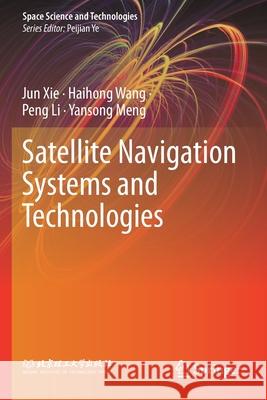Satellite Navigation Systems and Technologies » książka
topmenu
Satellite Navigation Systems and Technologies
ISBN-13: 9789811548659 / Angielski / Miękka / 2021 / 399 str.
Satellite Navigation Systems and Technologies
ISBN-13: 9789811548659 / Angielski / Miękka / 2021 / 399 str.
cena 805,10
(netto: 766,76 VAT: 5%)
Najniższa cena z 30 dni: 693,97
(netto: 766,76 VAT: 5%)
Najniższa cena z 30 dni: 693,97
Termin realizacji zamówienia:
ok. 22 dni roboczych.
ok. 22 dni roboczych.
Darmowa dostawa!
Kategorie:
Kategorie BISAC:
Wydawca:
Springer
Seria wydawnicza:
Język:
Angielski
ISBN-13:
9789811548659
Rok wydania:
2021
Wydanie:
2021
Numer serii:
001090144
Ilość stron:
399
Waga:
0.58 kg
Wymiary:
23.39 x 15.6 x 2.16
Oprawa:
Miękka
Wolumenów:
01
Dodatkowe informacje:
Wydanie ilustrowane











